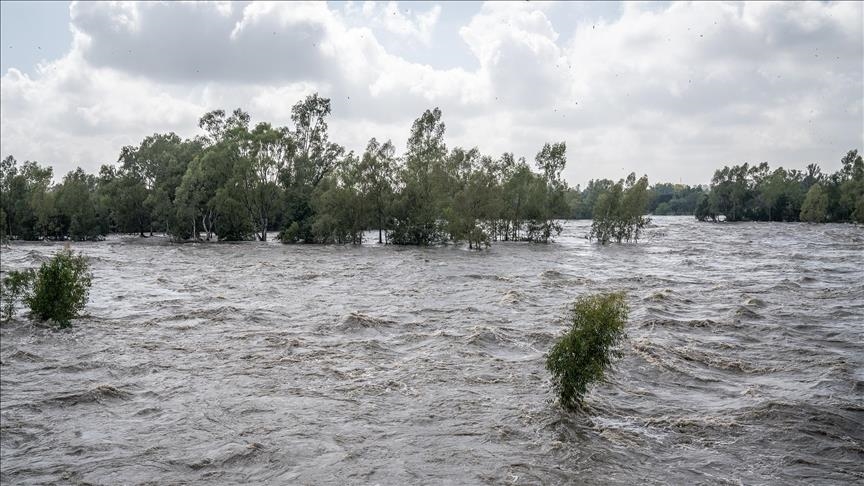The relentless El Niño rains ravaging Kenya have ushered in a sobering reality: flooding is no longer an aberration but a predictable consequence of climate change. The extensive damage witnessed across diverse regions, from the northeastern stretches of Garissa to the coastal city of Mombasa, has laid bare the nation’s vulnerability. With a death toll surpassing 70, numerous families displaced, and vast infrastructural damage, the crisis is a wake-up call to Kenyan leaders.
President William Ruto’s response, allocating 2.4 billion Kenyan shillings for immediate relief, marks a critical acknowledgment of the gravity of the situation. Yet, this is merely the first step in a long journey towards establishing a robust flood management strategy.
Understanding the complexity of the causes behind these floods is crucial. They stem from a combination of natural phenomena, like the El Niño rains, and human-induced factors such as deforestation, overgrazing, and inadequate urban planning. The latter aspects, particularly, underscore the need for a paradigm shift in how land and natural resources are managed.
To tackle these challenges effectively, a multifaceted approach is necessary. This includes reinforcing urban planning regulations to prevent construction in flood-prone areas, enhancing drainage systems to cope with the increased water flow, and advocating for widespread forest conservation efforts. The role of deforestation and overgrazing in exacerbating flood severity cannot be overstated, making reforestation and sustainable land use practices essential components of any long-term solution.
Moreover, the construction of additional dams, both large-scale for public utility and smaller valley dams for private land, should be prioritized. These not only serve as critical water reserves during drought periods but also act as buffers during heavy rainfall, mitigating the impact of floods. In light of Kenya’s cyclical drought and flood patterns, such water management strategies are not just beneficial but essential for the country’s future sustainability.
However, the effectiveness of these measures is often hindered by fragmented government responses and a tendency towards political bickering. The national and local governments’ lack of coordination and a proactive stance have been glaringly evident in recent crises. Moving away from a reactive to a proactive approach requires not only the allocation of resources but also a cohesive strategy and collaboration among different levels of government and communities.
As Kenya navigates through the aftermath of the El Niño rains, it is crucial for its leaders to understand that floods are no longer rare events but a recurring challenge that requires urgent attention. A shift towards proactive, comprehensive flood management, encompassing both emergency response and long-term preventive measures, is imperative. The time to act is now, with a focus on ensuring the safety and well-being of Kenyans today and in the years to come. Only through such concerted efforts can Kenya hope to withstand the rising tides of climate change.




